By the end of this section you should be able to:
• Discuss the definitions/specifications by which sensors are characterised.
• Describe common methods for converting a physical parameter into an electrical quantity and give examples of transducers, including those for measurement of temperature, strain, motion, position and light.
• Explain how to make sensitive measurements using a Wheatstone bridge, including balancing and offset compensation.
• Describe systems for measuring motion, temperature, strain and light intensity.
Definitions
In this course we will be studying Electrical Measurements, and we will necessarily interplay between techniques and hardware used to sense the quantity we wish to measure, techniques and hardware used to process the signal generated by the sensors and also algorithms to interpret the final result. We will be, therefore be dealing with transducers, sensors and actuators. Transducers: Devices used to transform one kind of energy to another. When a transducer converts a measurable quantity (sound pressure level, optical intensity, magnetic field, etc) to an electrical voltage or an electrical current we call it a sensor. We will see a few examples of sensors shortly. When the transducer converts an electrical signal into another form of energy, such as sound (which, incidentally, is a pressure field), light, mechanical movement, it is called an actuator. Actuators are important in instrumentation. They allow the use of feedback at the source of the measurement. However we will pay little attention to them in this course. The study of using actuators and feedback belongs to a course in Control theory. A sensor can be considered in its bare form, or bundled with some electronics (amplifiers, decoders, filters, and even computers). We will use the word instrument to refer to a sensor together with some of its associated electronics. The distinction between a sensor and an instrument is extremely vague, as it is increasingly common to manufacture integrated sensors. What follows is equally applicable to sensors and/or instruments. The discussion is also applicable to circuits, such as amplifiers, filters, mixers and receivers. Signal processing circuits are, in a sense, instruments. It is not very important that both input and output signals are, for example, voltages.
The linear model of a Sensor
There is a fair amount of jargon associated with sensors, used to describe the usefulness or quality of a piece of hardware. Sensor specification terms are often used in an erroneous or misleading way, especially in the advertising literature of equipment manufacturers; they tend to manipulate definitions in order to make their product appear better than it is. It is always a good idea to investigate the precise meaning of specifications, before accepting them. Below we attempt the definition of some important specifications from the engineering point of view.
The following discussion refers to an implicit linear model for the sensor. A sensor is assumed to be linear so that its response y to a stimulus x is idealised to have the form:

Please note that we have defined the stimulus to be positive. This makes it easier to define quantities such as the threshold, and consequently makes it easier to understand that there may exist gaps in the response of an instrument!

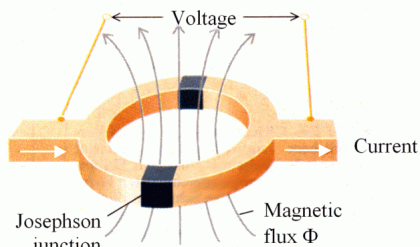
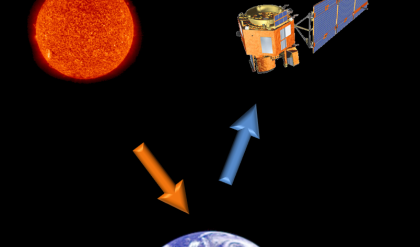
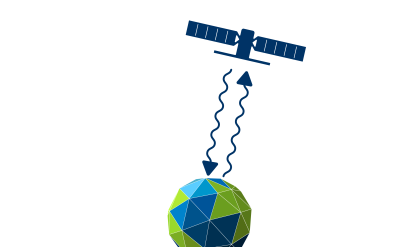
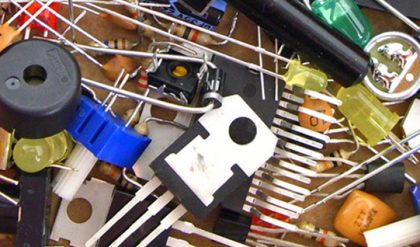
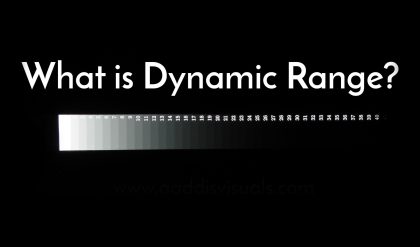
Comments are closed.